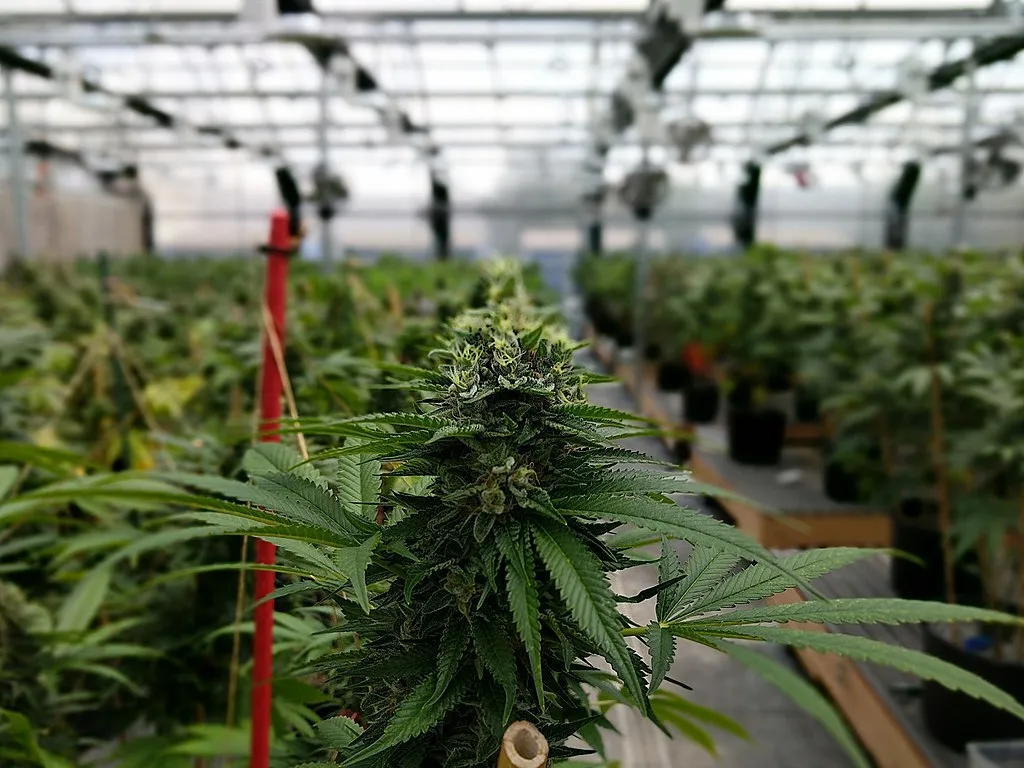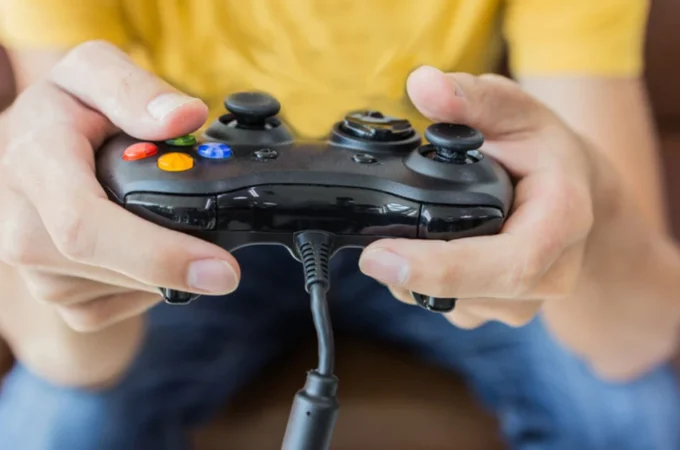
Why Is Grow Light Positioning Important in Marijuana Planting
Buying quality grow light is important, but it doesn’t guarantee that your marijuana plant would bloom properly. Other factors, such as how far the light should be during each of the growing phases, also need to be considered.
This guide explains several reasons why grow light positioning is a must in marijuana planting.
- To accommodate lighting systems for outdoor, indoor and greenhouse set-ups.
Growers have different set-ups. While others grow outdoors but supplement with alternative lighting sources, others choose indoor or greenhouse set-ups. Any system will work for marijuana planting, but the distance of your lights to your plant would vary significantly between set-ups.
For example, greenhouse roofing is higher than indoor grow areas, so the distance between your light to the plant would be more significant than it is in most indoor set-ups. This is also the case of outdoor grow spaces, which can be big or small with high or low ceilings, so setting up the lights has to change regularly from seed to harvest.
- To create environments for the plant in which cannabis DNA responds well to.
Growing marijuana requires sunny and arid climates. These plants thrive in such conditions, so many growers still choose outdoor planting even if it isn’t as controlled as indoor growing.
Whether you decide indoor or outdoor, tinkering with lighting schematics is important for two things:
- You control the climate and match it to the environment cannabis plants thrive in the most
- You encourage ecological influences that affect the DNA of cannabis plants. This is important because flowering and vegetative stages can only bring your expected yields if the environment is adequate.
Of course, lighting and light positioning is just one part – there are also nutrients, ventilation, growing medium, water, and containers (among others).
- To match the type of lighting used.
There are different kinds of lighting used for indoor marijuana gardens, such as fluorescent, light-emitting diodes (LEDs), metal halide (MH), single-ended high-pressure sodium (SE HPS), and double-ended high-pressure sodium (DE HPS).
All of these have pros and cons. And since they emit varying degrees of light based on the technologies used to design them, these grow lights would need to be positioned properly to provide the plants with the necessary light throughout their growing stages.

- To promote maximum growth for every stage of your marijuana plant.
As you probably know by now, all the aspects of marijuana planting (such as lighting distance, nutrients, watering, etc.) will change as the plant grows from seedling to vegetative to flowering stages.
Here are basic guidelines you need to remember about light positioning for every cannabis plant stage:
- Seedling Stage: As the youngest stage, your plants are still delicate and would need less lighting intensity. Ideally, the grow lights should be positioned about 24 to 26 inches above the plant canopy to prevent stunted growth, soil drought, or bleaching.
- Vegetative Stage: Your plant is getting stronger at this stage and would need more intense lighting, so you should position your grow light nearer your plant (about 12 to 24 inches from the plant canopy. Doing this ensures the roots and stems get strong enough to handle fruits. Note that you still have to monitor your plants closely, even if they’re getting more stable, since placing grow lights closer could also cause discoloration, irregular growing or bleaching.
When it comes to cloning marijuana plants (or taking cuttings from mature plants for replanting), the grow light positioning is similar to vegetative stage. The only difference is that cloned plants have to re-establish their own roots, so growers must take extra effort in monitoring the lights.
- Flowering stage: This is the last growth phase of any marijuana plant when the flowering and fruiting occurs, so the light positioning is often done gradually. During this stage, grow lights must end at around 16 to 3 inches above the plant canopy to encourage the plants to transition properly from vegetative to flowering.
Note: Plant canopy refers to the tallest branches of foliage of your plant.
The distance is only a guideline and could change depending on the specific marijuana crop strain, height and flowering needs.
- To customize lighting by strain.
The biological needs and growth patterns of every marijuana strain is somehow slightly different to the next strain. If you’re planning to grow a particular strain, its light, water, nutrient requirements would also change.
This means the standard lighting positioning guidelines you follow in growing one type of cannabis strain can be slightly different if you’re exploring another strain.
Lighting is just one of the many factors to consider when growing marijuana plants. But once you understand the importance of positioning your chosen light source in a certain angle or distance from the plant, you’ve already tackled one factor and you can incorporate these to your day-to-day marijuana planting.




